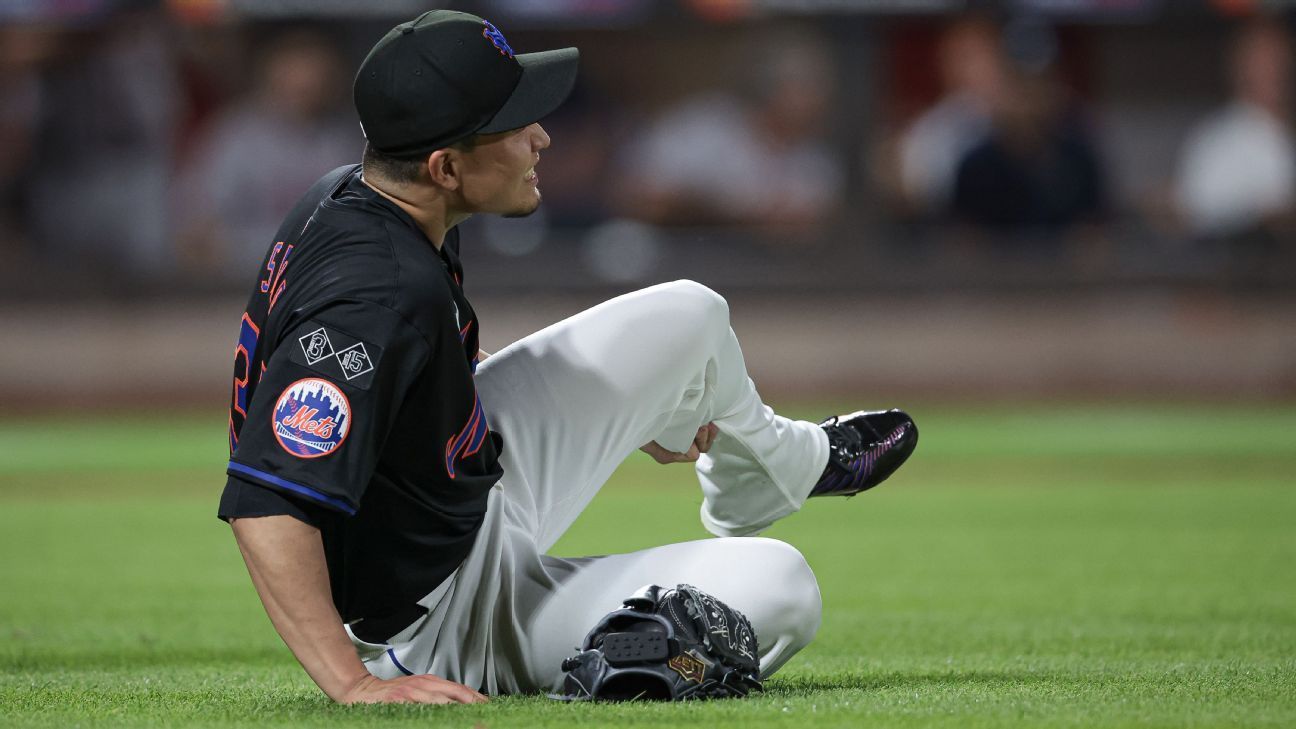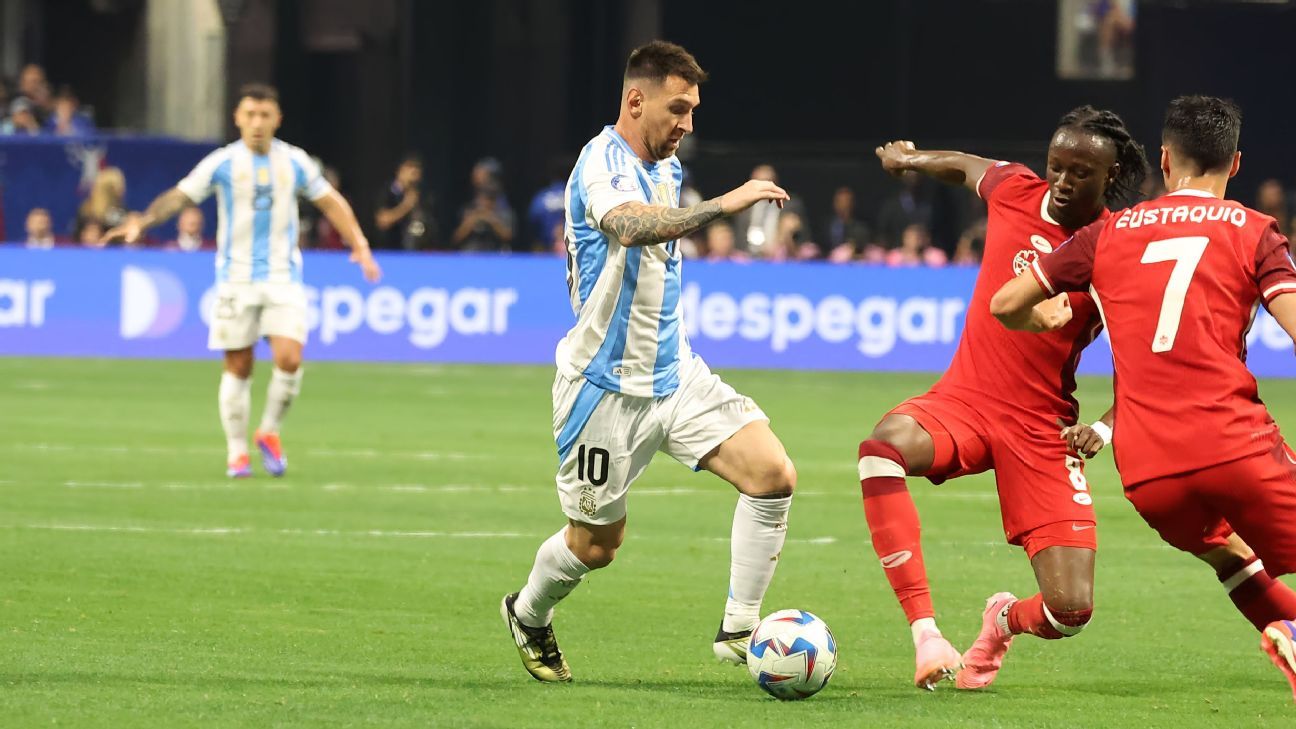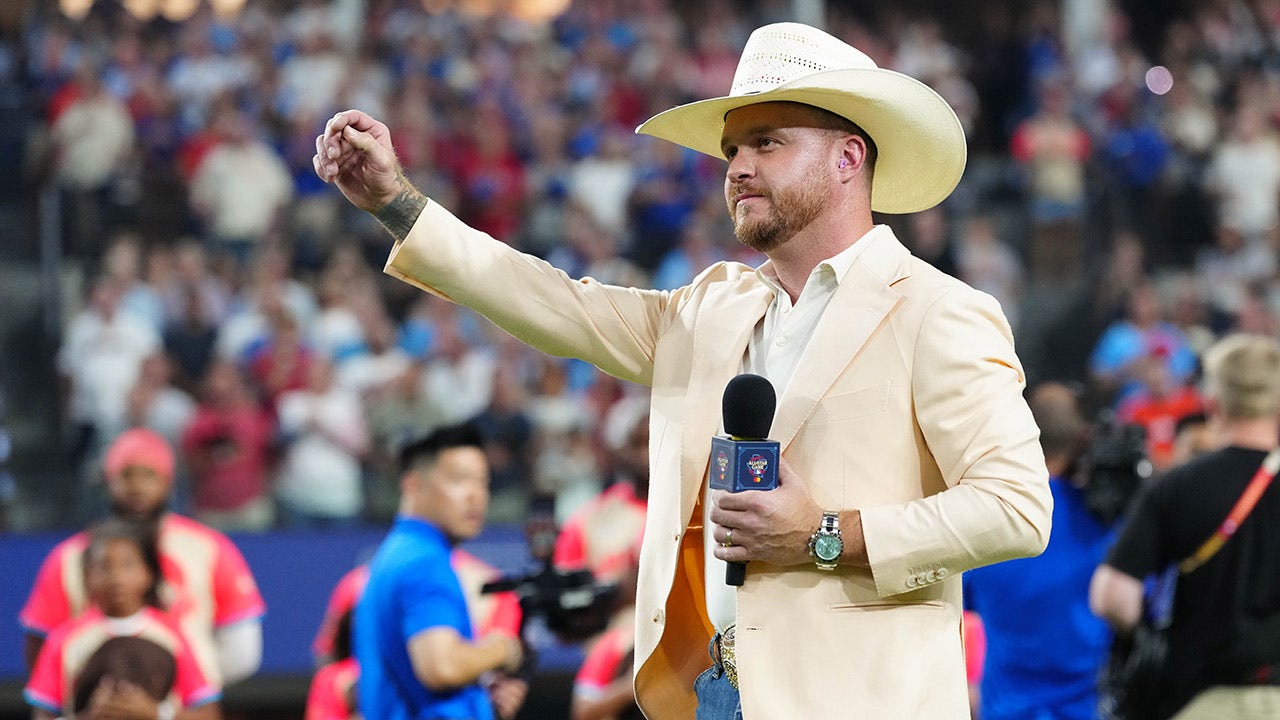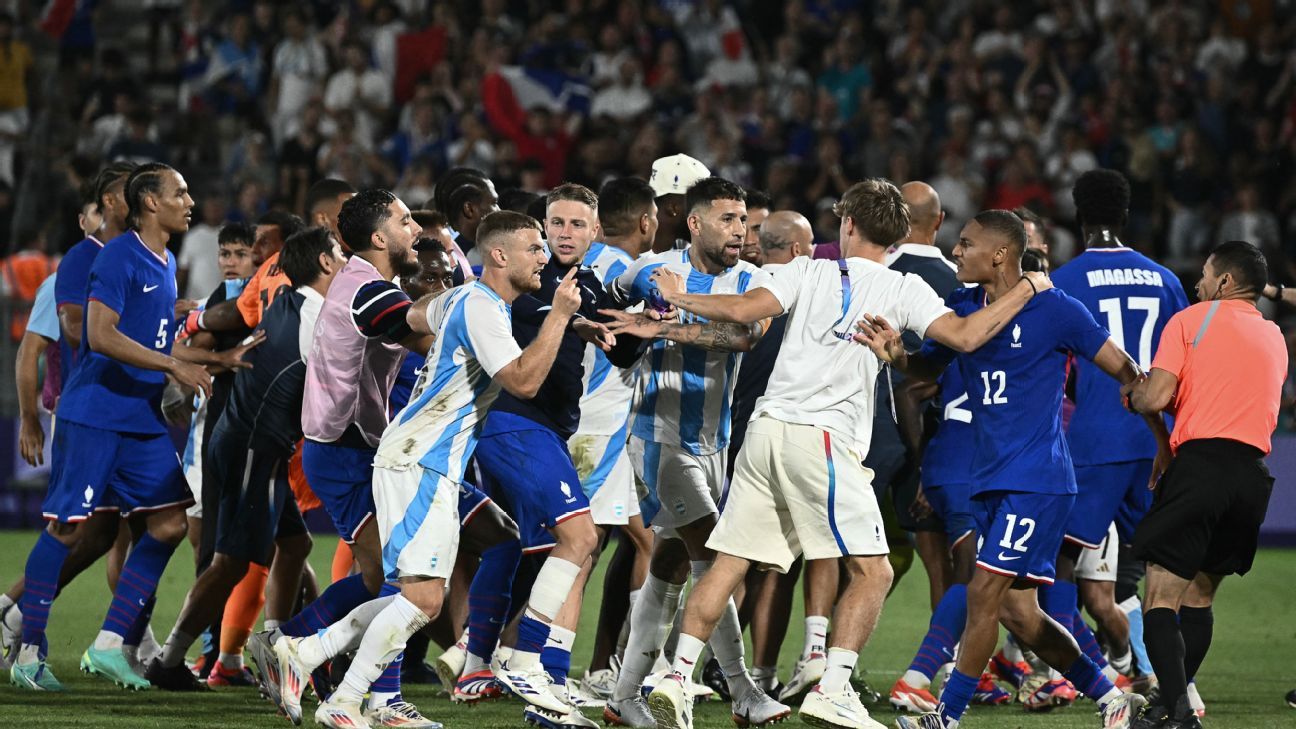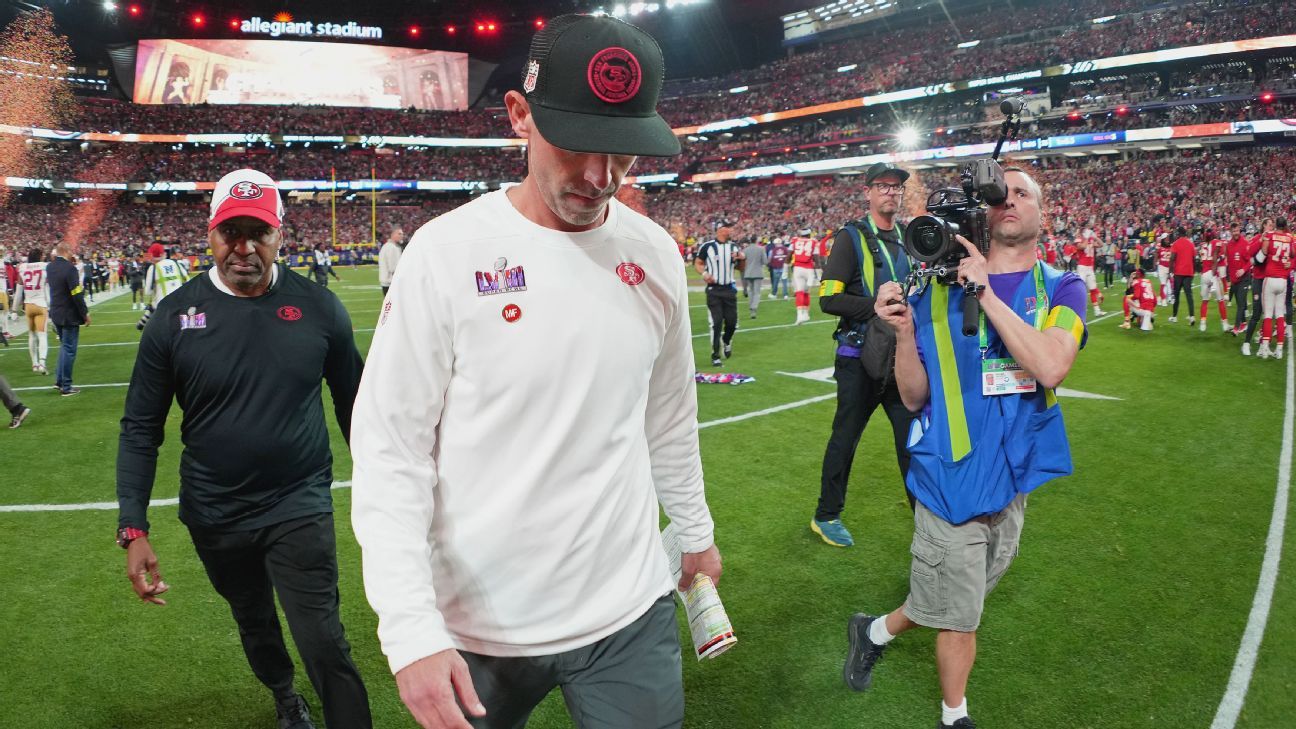NEW YORK — Kodai Senga's season debut was going about as well as the New York Mets could have hoped on Friday night: The right-hander had nine strikeouts in five innings against the Atlanta Braves, and the Mets held a six-run lead in what would be an eventual 8-4 victory to take over first place in the National League wild-card race.
Then Austin Riley hit a lousy infield popout and Senga fell to the ground, writhing in pain, before the ball landed in the glove of first baseman Pete Alonso.
Senga ended up on his back, clutching his left calf. A trainer rushed out to check on him. Senga got up and limped off the field to the applause of a grateful and concerned home crowd.
Minutes later, the Mets announced that Senga had left the field with a left calf strain. Senga, who was not available to reporters after the game, is scheduled to undergo an MRI on Saturday. Manager Carlos Mendoza stressed that it was not an Achilles injury but hinted that Senga could miss an extended period.
“It's disgusting to see him go down like that, especially after everything he's been through all year,” Mendoza said. “But people will step up if he goes down.”
For five innings, there was nothing to worry about. The shoulder injury that had landed Senga on the disabled list at the start of the season was a distant memory. The mechanical problems that the cautious Senga cited as the reason for his longer-than-expected recovery period were nonexistent.
His only rough patch came in the second inning, when he gave up a leadoff single to Travis d'Arnaud. Two batters later, Adam Duvall hit a two-run homer to give Atlanta a 2-0 lead.
The Mets, true to their recent form, responded with three homers in a seven-run third inning, removing Charlie Morton from the game before he could record nine outs.
Senga didn’t allow another hit in his 5⅓ innings. He walked one and struck out nine batters. His four-seam fastball averaged 95.8 mph and touched 98. He induced 12 strikeouts, five of them on his trademark forkball. He threw 73 pitches, six fewer than the total he collected in his fourth and final rehab start last Friday.
“Same guy I saw last year,” Mets catcher Francisco Alvarez said. “He was nasty.”
Last year, that kid posted a 2.98 ERA in 29 starts to finish second in NL Rookie of the Year voting, making a seamless transition to the United States after 11 professional seasons as a star in Japan's Nippon Professional Baseball.
The Mets’ decision to trade Max Scherzer and Justin Verlander as part of a series of midseason deals last summer — and management’s decision not to acquire a frontline starter over the winter — elevated Senga to de facto ace status entering spring training. But Senga was suspended with a right posterior capsule strain less than a week into camp, so quickly that Mendoza never got a chance to see Senga pitch live until Friday.
“It's shocking,” Mendoza said. “It's disgusting.”
Between Senga's dominance and the offensive explosion in the third inning, Citi Field was electrifying. That changed with Riley's flyout. Within seconds, Senga's comeback, a huge boost for the club's rotation in its playoff hunt, was ruined.
For now, the Mets will be coming back to life without him. They will abandon their plans for a six-man rotation and stick with a standard five-man rotation. Acquiring a starting pitcher before Tuesday's trade deadline is not out of the realm of possibility.
Two months ago, the idea of the Mets adding pieces to make the postseason was laughable. But on Friday, they snatched the first NL wild-card spot from the Braves, who held a 10-game lead in the standings on May 29, the day reliever Jorge Lopez threw his glove into the crowd during a 10-3 loss to the Los Angeles Dodgers. The Mets called a players-only meeting after the loss. Lopez was designated for assignment the next day.
Since then, the Mets have a major league-best 33-16 record. They've done everything (with the exception of 5⅓ innings Friday) without Senga. They'll likely be without him again. The question is for how long.

